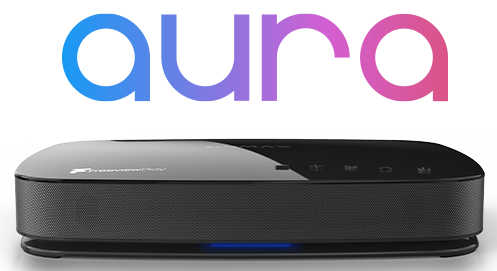DMB - 1 hour ago »
Thanks Guys (or maybe it's girls) for a prompt response. I am not on a communal system. Forgive me but I don't know what an LNB is. I did most of my electronic engineering before digital and at aged 80 struggling to get to grips with this - but determined to do so. Am I right in thinking it is the Humax box that distinguishes between the H and V channels or is it done somehow on the rooftop dish? Can't see how the latter is possible unless the H and V signals come from different satellites??
The lnb is the box on the end of the arm on your dish. The dish is a parabolic shape which collects the microwave signals from the group of satellites at 28.2E. This is about 22000mls directly over the equator at 28.2E. At this height the satellite orbits the Earth in the same direction as the Earth spins and in the same period. This means to an observer on the Earth the satellites appear stationary so a fixed dish can be used. The lnb has a waveguide that collects the microwave radiation. The type we use in Europe is a Ku Band Universal device. The frequency is far too high to use coax cable with, so it has to be shifted to a lower frequency. LNB stands for low noise block down converter. Due to the age of the technology the downshift has two options splitting the microwave frequencies into two halves high band and low band. The frequency range coming down the cable is the same for high band (larger downshift) as low band. Technically the frequency range is known as the IF (Intermediate Frequency). The tuner switches the lnb from it's default of low band operation to high band by imposing a 22Khz tone on the coax downlead connecting that tuner to the lnb. In order to squeeze the maximum number of seperate frequencies into the bandwidth each alternate one is alternately polarised horizontally or vertically. Each frequency is transmitted by a transponder with all its channels digitally modulated on the carrier. We refer to each as a transponder in digital satellite (Freeview Digital uses the term Mux (short for multiplex) for the same process).
The tuner supplies power to the LNB and signals the switch between Horizontal and Vertical by varying the DC power level.
This is a a quote from the excellent Satcure website
"A modern "Universal" LNB requires a 22 kHz signal at 0.5v p-p to switch its Local Oscillator to 10.6 GHz ("high band"). Otherwise it uses its 9.75 GHz oscillator.
Polarisation switching is controlled by DC voltage supplied by the receiver. 12.5v to 14.5v gives vertical and 15.5 to 18v gives horizontal polarisation. A higher voltage than that can damage the LNB (although I have run it up to 24 volts, briefly, without damage). A voltage that is too low will prevent the LNB from working correctly.
This switching voltage, fed up one or more cables, also powers the internal electronics of the LNB. A modern LNb requires 125mA or more."
Don't worry too much if this is a tad confusing.
The real message is that unlike an aerial which is a passive device a lnb and it's tuner talk to each other whicj is essentially the reason you can't split a satellite signal without the extra tuner having any control of the lnb segment it's connected to.
Most Freesat kit is connected to a dish and lnb designed for Sky receivers as because of the millions made they can be bought for very little money (Have a look on E-Bay). Sky type lnbs are available with one, four or 8 outputs. Most will have the four output quad type lnb's fitted.
If you need more than 8 outputs we then get into the use of multi-switches which is a whole new explanation.
More reading here
https://forums.digitalspy.com/post/quote/930633/Comment_28734358
| Thu 21 Sep 2017 10:31:23
#32 |


